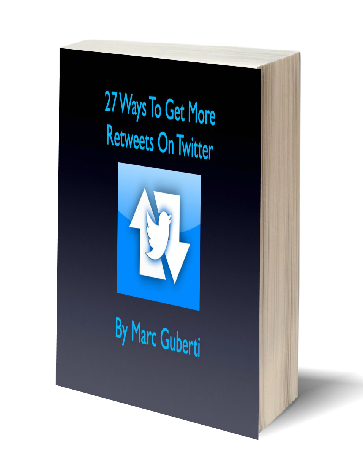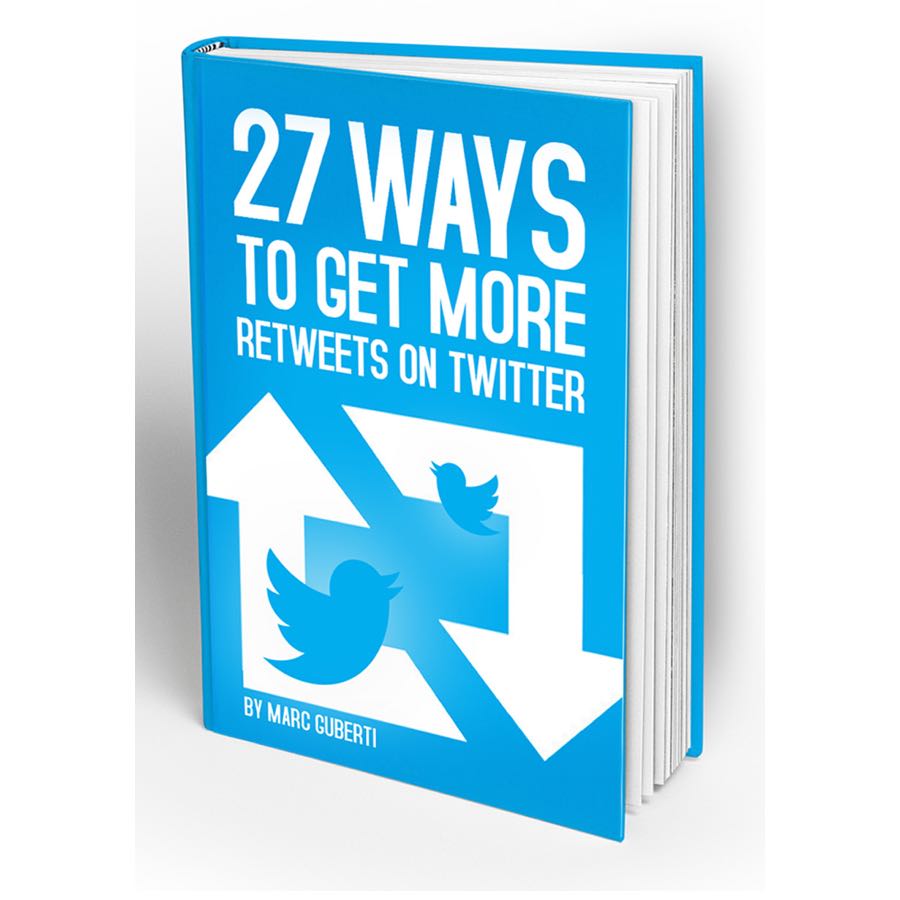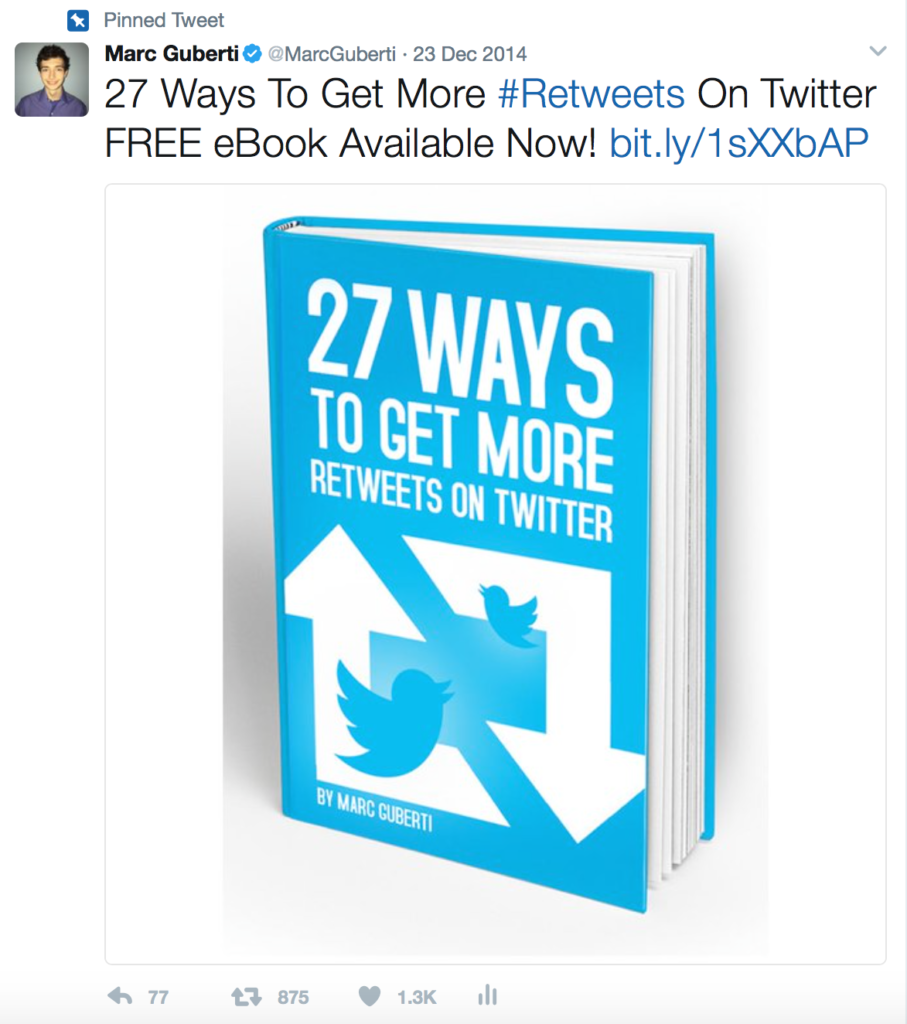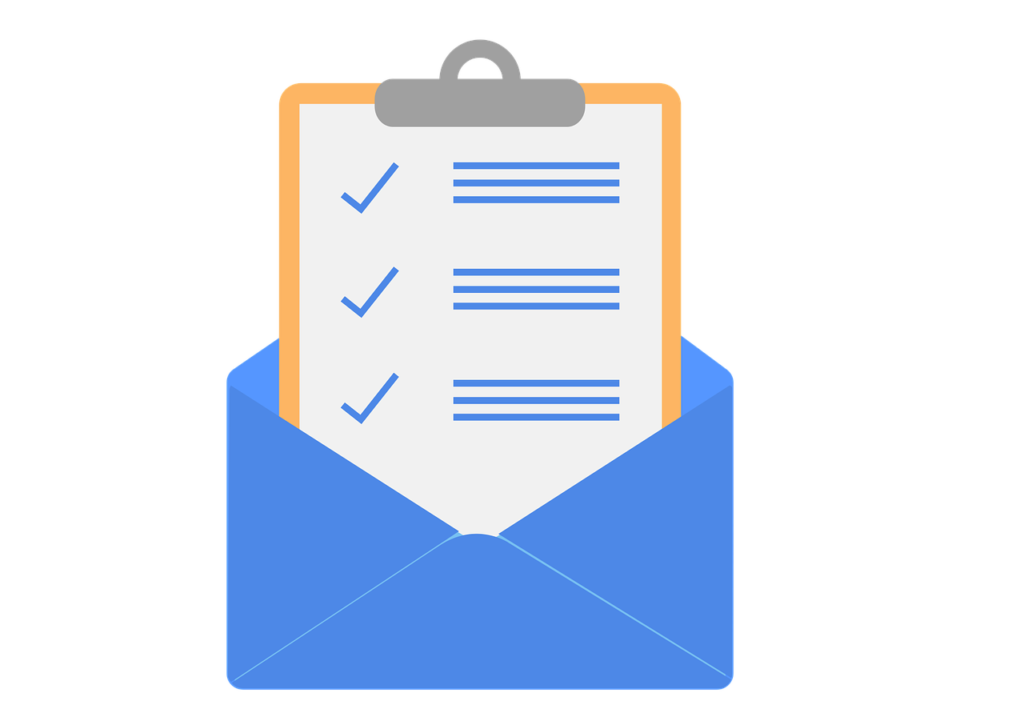Email list building is the most important activity you can do for your business. Your email list is truly your most valuable asset because people engage with emails far more often than social media posts.
In fact, if you have the same number of followers and email subscribers, you can count on anywhere from 3-10 times as many people seeing your email broadcasts than your social media posts.
The difference in click-through rates is even more dramatic. The average click-through rate for email is 3.57%, whereas Facebook and Twitter average click-through rates of 0.07% and 0.03%, respectively.
That’s right. Email gets 51-119 times more clicks depending on whether you use Twitter or Facebook. This isn’t to say social media is bad, in fact, you should be using social media to help you build your lists.
Remember, you own the traffic on your email lists. As for the traffic you don’t own, you’ll want as much of it as possible to join your email lists.
To help you, I’m providing seven simple-as-pie tips that you can implement to bring you email list building to the next level:
#1: Set Up An Email Server
Before you can even think of email list building, you’ll need to have an email server. And not one of those built-in WordPress servers that delivers your latest blog post to people’s inboxes.
Why? Because these services don’t allow you to communicate effectively with your audience.
Instead, consider servers like ConvertKit, iContact, and Aweber. Personally, I prefer ConvertKit because of its detailed auto responders, and its ability to seamlessly move people from one auto responder to another based on which actions they take (or don’t take). I wrote a more detailed post on ConvertKit here.
When you start using your server to send emails, focus on these two things:
- Open rates
- Click-through rates
Email marketers focus on other things too, but these two metrics matter most because, in the end, you want more people to open your emails, and more of the people who do open your emails to click on the links.
Besides, what’s the point of email list building if you don’t have an engaged list? By focusing on optimizing your open and click-through rates, you’ll end up with a more engaged email list.
#2: Create An Irresistible Free Offer
The irresistible free offer is the reason most people end up on your email list. Most people don’t subscribe to your email list to get more emails in their inbox. People get enough emails already!
The real reason they subscribe is to consume free content. My most successful free offer to date is an eBook containing 27 different tactics you can use to get more retweets.
You’ll want to be sure your free offer meets the needs of your niche and what you’re selling. When people subscribe and receive my free eBook, for example, they’re automatically sent an auto responder that provides additional value (as well as promotes my Twitter and social media-related products).
My irresistible offer leads qualified subscribers through a sales funnel that introduces my products based on a set of pre-qualifications — the products for which they’ve already expressed an interest — which keeps my messages relevant and on point.
Once you’ve decided on your irresistible free offer (video series, report, white paper, eBook, etc.), you need make sure it looks great. Design matters more than you think. We all judge a book by its cover (don’t deny it), and we also judge the value of a free offer by the way it’s presented.
For example, if all else is equal (including content), which book would you rather read?


A friend of mine was nice enough to create a new version of this eBook cover. And as a result, more people sign up simply because it looks better. You can even pay someone just $5 on Fiverr to come up with a good design. Just take a look at the logo for my upcoming summit:

I’ve made it my screensaver and I think it looks great! Just remember, the way your free offer looks is often more important than the free offer itself.
The title of your free offer is also important for building your email list. Choose a catchy yet simple title that communicates clearly what your free offer provides. If you have to choose between being catchy and being clear, always choose clarity.
As my friend Tom Corson-Knowles says, “Even a worthless book with a good title will sell more copies than a book full of useful information with a bad title.”
I write 10 possible titles for my free offer and then choose the one I like most.
#3: Create A Landing Page
Once you have the free offer in place, it’s time to create a landing page. A landing page is a page on your blog with a one or more CTAs (calls to action) and a form that asks users to enter an email address and possibly some other information (when you ask for less information, more people will actually fill out your form).
I personally use Optimize Press to create my landing pages. Optimize Press is a tool for WordPress.org users that lets you create landing pages, sales pages, membership sites, training courses, and just about anything else you can imagine.
If you don’t use this version of WordPress, you can still create a landing page. In fact, you don’t even need to have your own blog or website to create a landing page. You can simply create a self-hosted landing page on LeadPages or UpViral (they’ll host it for you so you don’t need to buy a domain name).
While it’s better to connect your landing page to a blog where you provide free, high-value content, you can technically go the self-hosted route that LeadPages, UpViral and others offer. The one problem with self-hosted landing pages is that people may not trust it as much since the URL doesn’t tell them who’s providing the free information.
When people don’t know who is getting their email address, for example, they are more hesitant about providing it. It’s often a good idea to say that you won’t share it with anyone!
Now that you know the basics, you’re probably wondering how to get people to subscribe via your landing page. There are two basic ways to do this. And understanding these two basic ideas will help you know what to look for to ensure effective email list building.
- Increase the amount of traffic to the landing page
- Optimize your landing page’s conversion rate
If two landing pages each have a 10% conversion rate, the landing page with 100 daily visitors will get more conversions than the landing page with 50 daily visitors.
But if the landing page with 50 daily visitors bumps up to a 30% conversion rate, that landing page now converts 15 visitors per day, whereas the other landing page with 100 daily visitors and a 10% conversion rate will convert 10 visitors per day. So even though one landing page gets half as many visitors, it’s still getting more conversions.
Ideally, you will increase traffic as well as your conversion rates. However, if you want to double your results, my advice is to focus on your conversion rates. Psychologically, it feels more doable to go from a 10% conversion rate to a 20% conversion rate than going from 100 daily visitors to 200 daily visitors. Are you still with me?
By focussing on conversions, you’ll only need a 10% increase. With a traffic-based goal, on the other hand, you’ll need an increase of 100 visitors.
#4: Share Your Landing Page On Social Media
Ah yes, here’s where social media joins the email list building mix. You can’t just create a landing page and expect people to visit it. You get those visitors by promoting your landing page, and social media is a powerful tool that lets you do just that.
The easiest way to promote your landing page is to use your bio. While most people link to their blog or website in their bios, why not link to the one page you want your visitors to see more than any other piece of content? I always link to my landing page in my bio.
Once you make this simple change, your email list building efforts will pick up momentum. You can then build on that momentum by promoting your landing page several times a day. But keep in mind that frequency will vary according to the social network.
On Twitter, for example, I promote one of my landing pages every hour. But on Facebook and Pinterest, I promote my landing page only once per day. And on Instagram, I let my bio do most of the talking.
Most social networks also give you the option to pin a post to the top of your profile. I use this feature with Twitter to keep one of my tweets immortal. While most tweets have a lifespan of 20 minutes, this one tweet continues to work wonders.

But I also noticed that as I shared my landing pages on more social networks, I fell into a time crunch. Sure, I was working on my email list building, but I wasn’t seeing the results I wanted from the rest of my business.
Why? Because I didn’t have as much time to communicate with my email list or create new products for them.
Once I realized the problem, I knew I needed to find a way out. So I began outsourcing more and more of my tasks. I delegated social media growth activities, image creation, and editing of my blog posts and podcasts, just to name a few. This decision opened up countless hours of my time and allowed me to pursue new opportunities.
#5: Profit From Your Autoresponder
What’s the point of email list building if you’re not making revenue? Your email costs go up but you won’t be able to pay for them.
To avoid this problem, you need to rely on your auto responders. An auto responder is made up of a series of emails people get after subscribing to your blog. You can set up your auto responders to email your list every few days, weeks, or even months.
Within each of these auto responders, you should be promoting a product. And if people buy one product, you’ll need to direct them to another auto responder that promotes a more expensive product. I refer to these as connective auto responders, since one auto responder leads right to the next.
This transition from one to the next only takes place when subscribers perform a desired action (i.e. buy a product). The more connective auto responders you have, the more revenue you can make.
Within each of your auto responders, tell stories! In my very first auto responder I share a picture of myself and explain the context behind it, which makes me more relatable, and my customers more attainable.
Plus, virtually every email service lets you check your auto responder stats. You’ll want to check the engagement from your overall auto responders as well as individual messages. That way, you can see what is and isn’t working. Then, based on the analysis, you can make changes.
Not bad, but can it be better? No matter how great my engagement, I always try to improve it.
#6: Get In The Growth Cycle
The growth cycle is the never-ending period of time in which you continue growing without boundaries. The basic set-up is that you pay for your traffic and make more money per conversion than you spend on each conversion.
For instance, if you’re spending $1 per conversion, but earning $2 per conversion, you should continue on that path until the end of time (or until/if these rates fall out of your favor).
But this also means you need to continuously monitor your ads. If an ad performs well, for example, use it as a model for future ads. But if your ad struggles to convert, change the copy, picture, or something else… but only change one thing at a time (A/B test) so you can better determine which variable is working or not working.
If you change more than one thing at a time, the image and the copy, for instance, and your ad continues to get the same results, you won’t have the full picture. As far as you know, the new picture could have doubled your results while the new copy could have halved your results. Thus, the final result is that nothing has changed.
#7: Give Yourself A Public Challenge
A public challenge for a big goal is intimidating because you can’t back out. But you don’t win by staying comfortable. You win by burning your boats so success or public failure (ugh!) are your only options.
Give yourself a public challenge for your email list. By the end of the year, for example, I want to see 100,000 email subscribers. That’s what I told my audience anyway, and I’m telling you (and everyone else) again in order to keep myself accountable.
Share these public goals in a YouTube video or blog post. So EVERYONE will see it, not just a few friends.
In Conclusion
EVERY marketer’s biggest regret is not having built an email list sooner. That fact alone should encourage you to jumpstart your email list building efforts (if you haven’t done so already).
Do at least one thing today that will help you to get at least one additional subscriber tomorrow. If you start with a one-subscriber goal per day, and follow this method for 100 days (1 subscriber on Day 1, 2 subscribers on Day 2, etc.), you’ll end up with 5,050 subscribers in 100 days with small, incremental gains.
That’s an average of 50.5 subscribers per day!
Power question: What can you do today to get more subscribers tomorrow?
Now Here’s What I Want From You
What are your thoughts on finding a target audience? Which insight in this blog post did you find especially useful? Have a question for me? Sound off in the comments section below.
Leave a comment now. I read them all 🙂
And if you know anyone else who needs this burst of insight, please be sure you pass it on.
[Tweet “7 Simple As Pie Email List Building Tips For Beginners http://wp.me/p2UPop-29Q”]
If you’re new here, join the mailing list using the form below. You’ll get a ton of free content just like this.
Until next time,
Marc
*image credit: Pixabay.com

